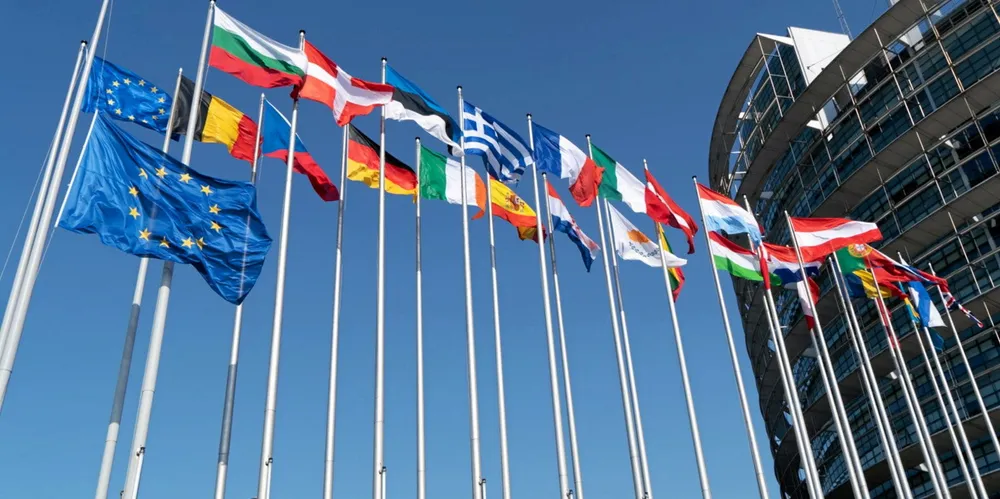Tax 'harmonised' sector coupling would speed Europe's energy transition: report
Flexible linking of electricity, fossil fuel and hydrogen to EU industrial, residential and transportation sectors would create a renewables-boosting market effect, says DNV GL
